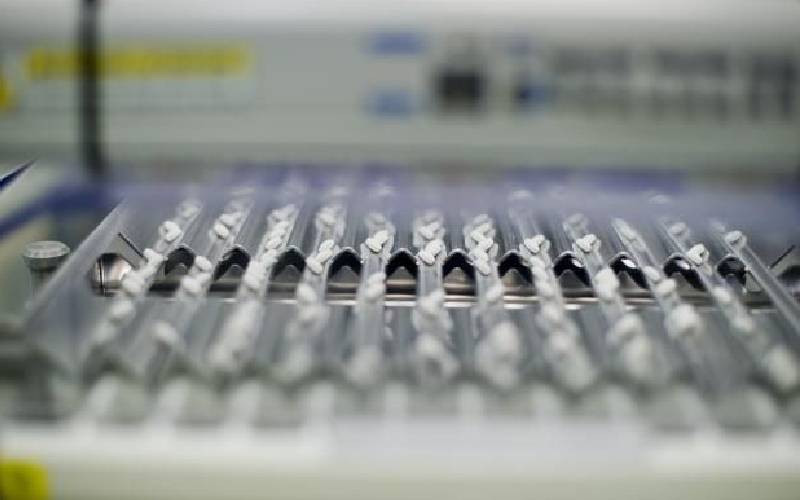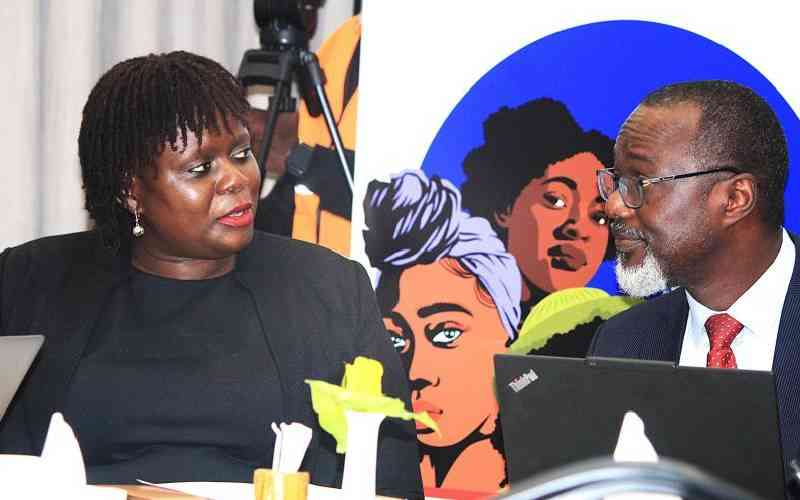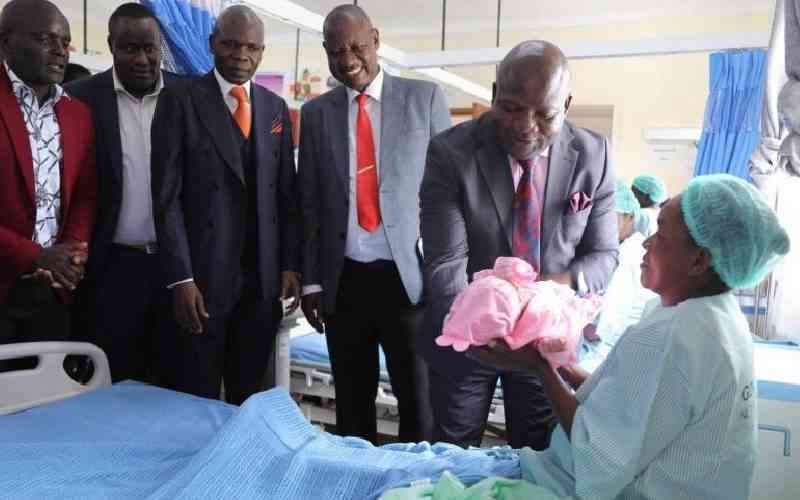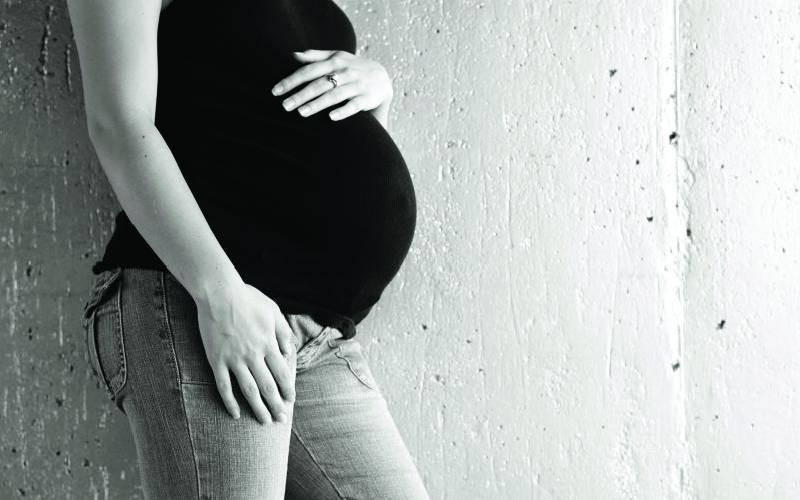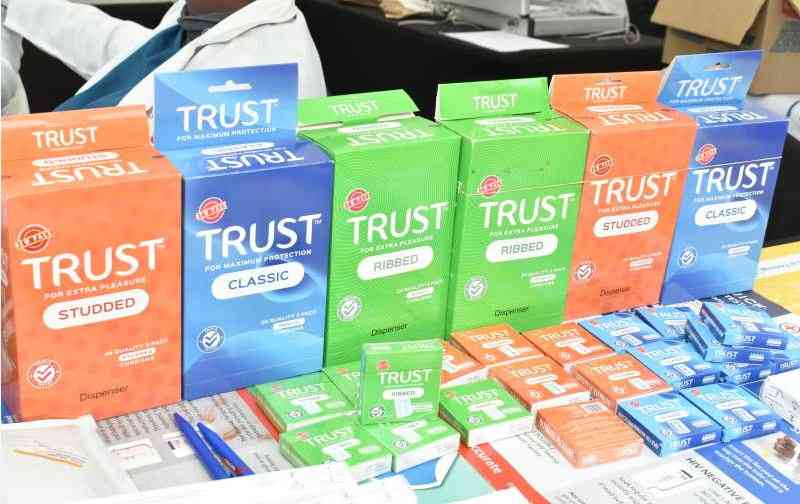
A new report shows that married women account for 80 percent of all reported abortion cases in the country.
The African Population and Health Research Center (APHRC) report, released today estimates that at least 792,694 induced abortions took place in Kenya in 2023.
The primary reasons cited are a lack of desire for additional children, financial pressures, and the pursuit of career goals.
In the survey, done in collaboration with the Ministry of Health and Guttmacher Institute, women aged 24 to 34 accounted for the largest share of abortions (41.8 per cent), followed by those over 35 (15.6 per cent) and adolescents under 20 (13.6 per cent).
Overall, in that year, some 2.8 million pregnancies were reporter. of these, 2.4 million pregnancies were unintended, according to the report.
The report dubbed Incidence of induced abortions and the severity of abortions related complications in Kenya, shows 78.6 percent of the estimated 792,694 induced abortions, occurred among married women.
And 16.6 percent among these are never-married women, while 4.8 percent are those who are divorced, separated, or widowed.
- Erased before birth: How gender bias fuels a silent war on unborn girls
- Brain-dead pregnant US woman kept alive due to abortion ban: family
- The hidden reality of forced pregnancy tests in schools
Keep Reading
Further details show that the vast majority of women obtaining abortions in Kenya identify as Christian, approximately 90.9 percent of all cases—while Muslim women account for 9.1 per cent.
Kenneth Juma, a senior research officer, at APHRC debunked myths that induced abortions are mostly by adolescents, and unmarried women.
“A big chunk of women in marriage are also seeking abortion. Most get pregnant but they do not want a child. This is coupled with hard economic times and career. Some also terminate pregnancies because they want to delay giving birth or child spacing,” said Juma during release of the report.
“About 65.6 per cent had previously given birth, and 29.1 percent had four or more pregnancies in their lifetime,’ reads a section of the study finding.
The number of abortions documented in 2023, significantly increased from 464, 690 recorded in 2012.
Abortion, is the termination of pregnancy, below 28 weeks.
READ: Unsafe abortions: Silent threat fueling maternal death crisis
In the study, respective methods were used to procure abortions, among them Manual vacuum aspiration, medication abortion, traditional method where women use herbs, teas and massage.
Harmful methods were also used namely inserting something sharp in the vagina, drinking caustic substance and non-recommended dose, or use of unknown and other pills.
Some women also opted for non-harmful methods like coca cola, alcohol and concentrated juice.
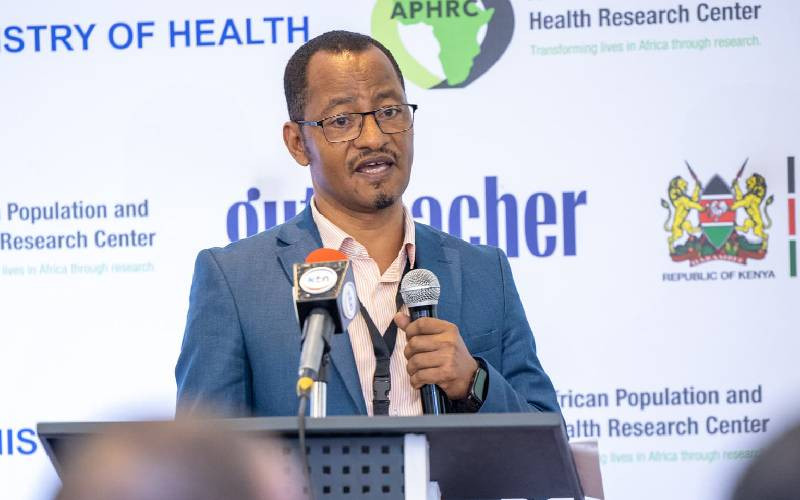
A bigger percentage of women picked medical abortions after unsuccessfully trying other pregnancy termination methods.
“Most women are using medication abortion because it provides a lot of secrecy, but sometimes they begin with harmful methods, they fail leading them to medication abortion,’ said Juma, noting that medication is majorly use of tablets bought in chemists, or offered in a some hospitals.
The report attribute the abortion to unintended pregnancies.
For example in 2023, there were a total of 2, 850, 346 pregnancies in Kenya, of which 1, 435, 998 were unintended and 792, 694 ended in induced abortions.
“This corresponds to an unintended pregnancy rate of 103. 8 per cent per 1,00 women of reproductive age, an induced abortion incidence rate of 57.3 per cent per 1,000 women of reproductive age, and induced abortion ratio of 48.1 per 100 live births,” added a section of the findings.
“Unintended pregnancy is the highest contributor of induced abortions,” said Juma. “We need to empower women to know when to get pregnant. Of all pregnancies, about half were unintended”.
Geographically, Central Region and Nairobi led with 234,125 cases, Nyanza and Western reported 222,196, Rift Valley 153,314, Eastern 108,910, while Coast and North Eastern recorded 74,150 cases of abortions.
Similarly, Kenyan regions with the highest unintended-pregnancy rates also report the highest induced-abortion rates.
Nationally, the unintended-pregnancy rate stood at 104.1 per 1,000 women, of which 48.3 percent resulted in induced abortion.
In Nyanza and Western were leading with the highest cases of unintended-pregnancy rate at 138.9 percent, where at least 60.7 percent end in abortion.
Central and Nairobi recorded 96.6 per 1,000 unintended pregnancies, 72.4 percent of which were terminated. In Coast and North Eastern, the rate was 78.4 per 1,000, and 30.3 percent of those pregnancies were induced abortions.

Meanwhile, Rift valley had 100.9 percent of unintended pregnancies, with 36.1 ending into induced.
According to experts in the study to control induced abortions, there is need to prevent unintended pregnancies and promote the use of family planning, particularly modern contraceptive methods.
“While unintended pregnancies have reduced,, induced abortions have increased because women want to limit children, they are engaged with careers. Economic pressure also limit number of babies,” said Juma.
The study was conducted between April 2023 to May 2024.
ALSO READ: Abortion in Kenya: When is it legal to terminate pregnancy?
It involved health facility survey. knowledgeable informants survey, respondent driven Sampling survey of women who have had an induced abortion in the past five years, and a prospective morbidity survey (PMS).
Its aim was to to estimate the incidence of abortion, understand the circumstances in which women seek abortion, the methods they use, and the complications that result from induced abortion, and measure the capacity of the health system to provide post abortion care in Kenya.
In Kenya, abortion is legally restricted and only permitted if, in the opinion of a trained health professional, there is a need for emergency treatment, the life or health of the mother is in danger, or if permitted by any other written law.
Abortion is a contributing factor to maternal deaths in the country where at least 6,000 to 8,000 maternal deaths are reported in the country annually.
The 2012 study, majority of women needing abortions resort to clandestine and mostly unsafe abortion methods.The study (2012) reported a relatively high case-fatality rate at 266 deaths per 100,000 unsafe abortions.
Regarding the severity of abortion-related complications, 1.4 per cent of women treated for post-abortion complications experienced severe maternal outcomes in the newest study, about 16.4 presented with potentially life-threatening complications, 28.5 percent had moderately severe complications, and 53.7 per cent had mild complications.
In a period of one month, during the study, at least 5 women died due to severity of abortions, translating to at least 60 deaths annually.
“Compared to the 2012 study, the proportion of women with more severe complications has reduced significantly. One possible explanation for this finding is that access to postabortion care services in Kenya has increased over the past decade, resulting in more women with less severe complications who are able to present at a health facility for post-abortion care,” reads the study.
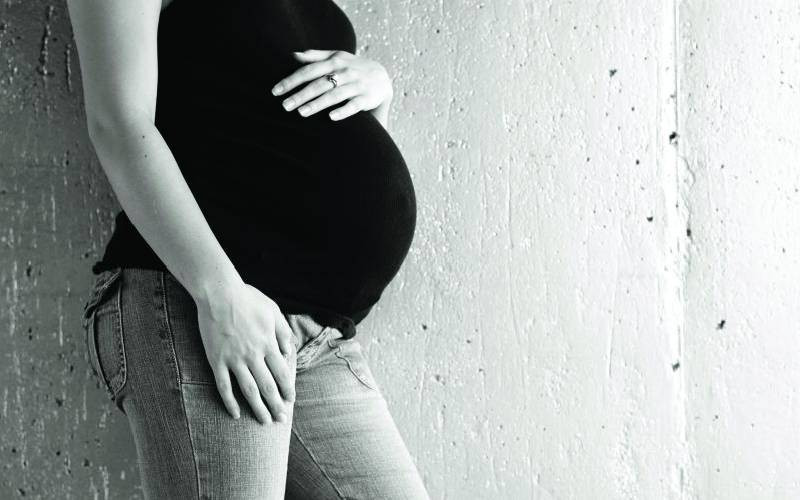
For many women who develop complications after an abortion, the first point of care is often at dispensaries or Level II hospitals, which then refer the most serious cases up the chain to Level III, IV, V and VI facilities—where staffing, equipment and technology are better suited to deliver comprehensive treatment.
According to the report, “more than half of all the women with post-abortion complications were treated in public health facilities (50.6 percent), and seven in ten women were treated in primary-level facilities (69.3 per cent).”
To address these gaps, the researchers urge an urgent scale-up of family-planning services and improvements in the quality of post-abortion care, with particular attention to removing barriers faced by adolescents and young women.
They also call for strengthening the capacity of lower-level health facilities through targeted training of mid-level providers and by ensuring that dispensaries and health centres are consistently supplied with the necessary post-abortion care commodities and equipment.
“Evidence demonstrates that abortion-related morbidities and deaths are preventable with improved access to safe abortion and family planning services,” underscored the report.
In 2023, the national treatment rate for post-abortion care peaked in the Eastern region at 27.1 per 1,000 women, followed closely by Nyanza and Western at 24.9 per 1,000, and Nairobi and Central at 23.3 per 1,000.
ALSO READ: Pregnancy dilemma: When abortion is the only way out
In contrast, the Rift Valley region recorded the lowest treatment rate of 16.9 per 1,000.
Of the 304,159 women who received post-abortion care that year, approximately 256,620 were treated for complications arising from induced abortions, while the remaining 47,540 sought care following spontaneous abortions.
Of the 13,594 total facilities in Kenya as of July 2022, 658 hospitals participated in the survey.
Nationally, more than eight in ten hospitals that took part in the study reported that they provide post-abortion care, though public hospitals and Level II facilities lag slightly behind, at 78.6 percent and 73.8 percent coverage, respectively.
In 2023 alone, a total of 304,159 women both those who underwent induced abortions and those who experienced spontaneous miscarriages received post-abortion treatment in Kenyan health facilities.
Over half of these women (51 percent) were treated in public hospitals, yet the majority (69.3 percent) sought care at lower-level, primary-level centres.
Juma, reflecting on the findings, observed that “the biggest burden of abortion complications falls on public hospitals. Most cases first present at Level II facilities, where only severe complications get referred up.
Yet government funding prioritizes Level V and VI hospitals. We must strengthen Level II and III facilities, because women with bleeding complications show up there and without adequate resources, they are at risk of dying.”
 The Standard Group Plc is a multi-media organization with investments in media
platforms spanning newspaper print
operations, television, radio broadcasting, digital and online services. The
Standard Group is recognized as a
leading multi-media house in Kenya with a key influence in matters of national
and international interest.
The Standard Group Plc is a multi-media organization with investments in media
platforms spanning newspaper print
operations, television, radio broadcasting, digital and online services. The
Standard Group is recognized as a
leading multi-media house in Kenya with a key influence in matters of national
and international interest.


